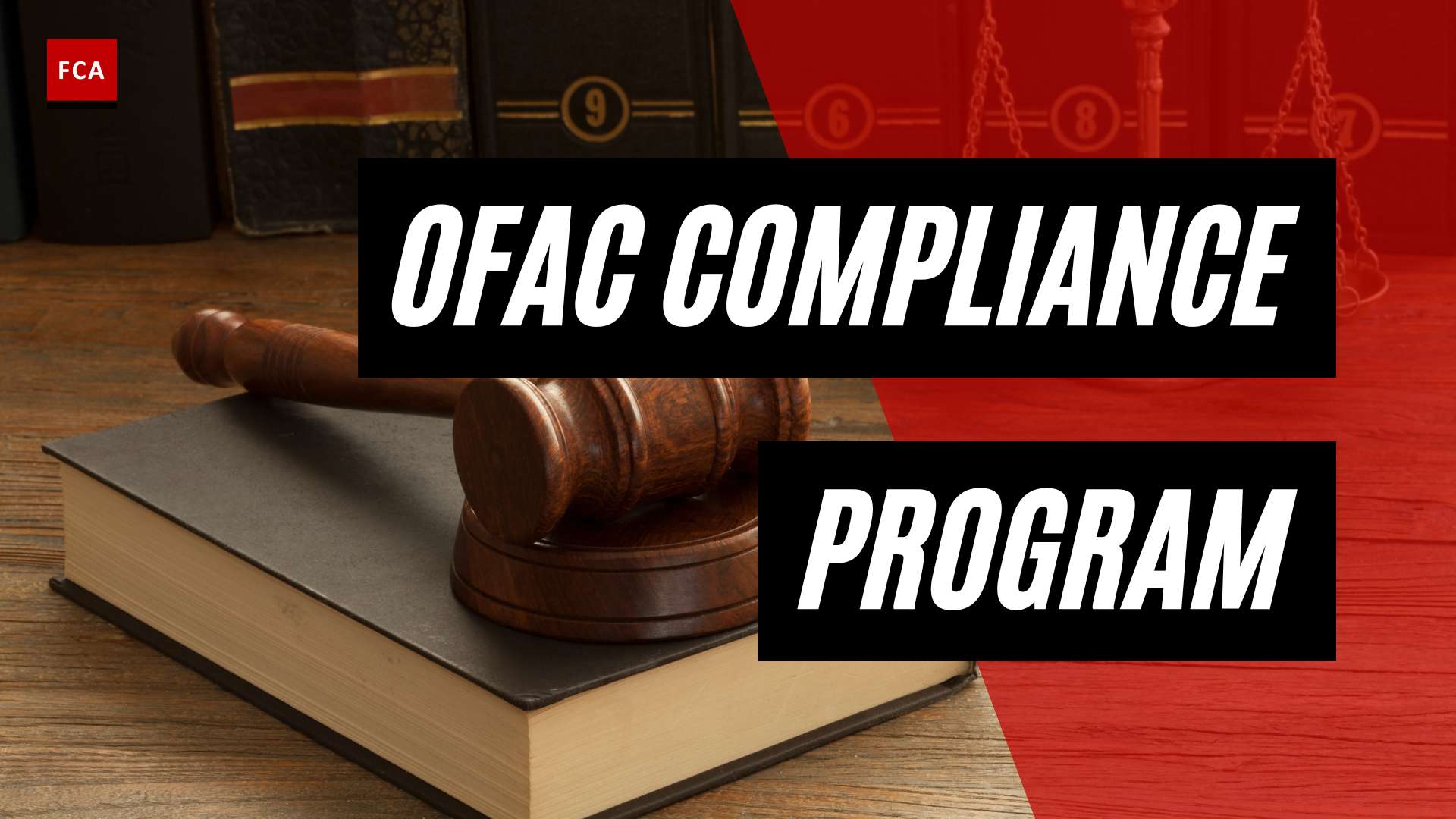Who is your customer? Customer is a person, including the individual, business, corporate, organization, etc. to whom the products and services are provided, as part of the business relationship. The customers have different types, especially in relation to the financial institutions.
Customers include salaried individuals, business start-ups, sole proprietors, traders, house wives, small and medium enterprises, corporate entities, not for profit organizations, charitable organizations, welfare trusts, governmental organizations, etc.

Who is Your Customer?
Nature and types of customers vary from organization to organization. Customers may belong to different jurisdictions or countries therefore; they pose varied nature of risks to the organization. The needs of customers vary according to their type and the jurisdiction to which they belong.
When talking about the financial service industry, the customers include salaried individuals, business start-ups, sole proprietors, traders, house wives, small and medium enterprises, corporate entities, not for profit organizations, charitable organizations, welfare trusts, governmental organizations, etc. Customers deposit the funds or invest their funds with financial institutions or they buy the products or services that are offered by the financial services companies.
All organizations, including financial services industry are required to identify their customers and verify their identities before onboarding or establishing business relationships, to ensure that the risk of onboarding the criminals including money launderers is minimized or avoided. To achieve this objective appropriate Know Your Customer and Due Diligence measures are adopted and implemented by the organizations. The KYC/CDD measures are made part of the organizational policies and procedures, considering the applicable AML/CFT and KYC requirements, prescribed by the relevant regulators.

Analyzing Customers
Businesses frequently study the profiles of their customers in order to fine-tune their marketing strategies and tailor their inventory to attract the most customers. Customers are frequently categorized based on demographics such as age, race, gender, ethnicity, income level, and geographic location, which can all help businesses cultivate a snapshot of the “ideal customer” or “customer persona,” which can help companies deepen existing customer relationships and reach untapped consumer populations to increase traffic.
Customers are so important that colleges and universities have courses dedicated to studying their behavioral patterns, choices, and quirks. They concentrate on why people buy and use goods and services, as well as how this affects businesses and economies. Understanding customers allows businesses to develop effective marketing and advertising campaigns, deliver products and services that meet customers’ needs and desires, and retain customers for repeat business.
Final Thoughts
Businesses frequently follow the adage “the customer is always right,” because satisfied customers are more likely to return to companies that meet or exceed their expectations. As a result, many businesses carefully monitor their customer relationships in order to solicit feedback on ways to improve product lines. Customers are classified in a variety of ways. Customers are typically classified as either external or internal.
External customers are disconnected from business operations and are frequently the parties interested in purchasing a company’s final goods and services. Internal customers are individuals or businesses who are involved in business operations and are frequently employees or other functional groups within the company.








